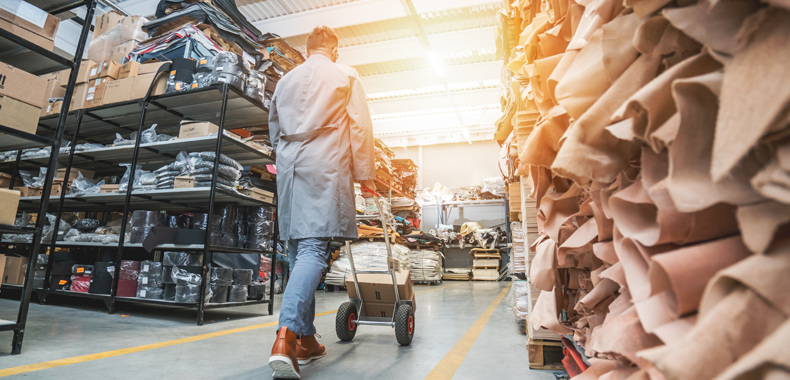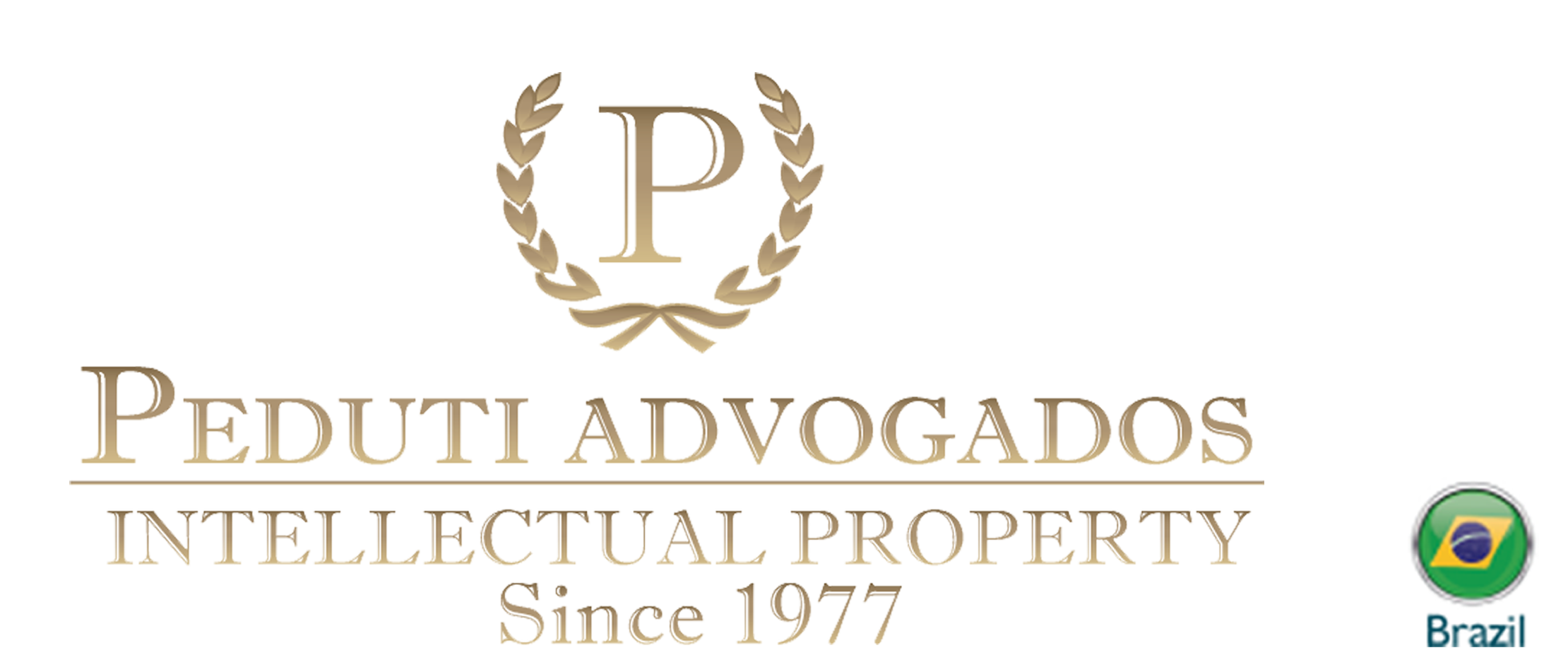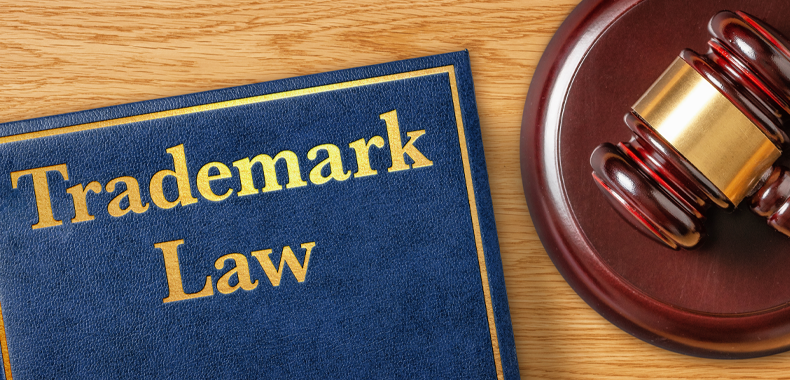The upcycling is an old technique used by the fashion industry. It is summarized in the practice of reusing materials that had already been used like pieces of fabric, pieces of clothes, trim, etc for manufacturing new clothing pieces.
Additionally, it is important to distinguish upcycling from recycling. Recycling basically involves other processes to transform the materials and give them a new destination, whereas the upcycling is the practice to adapt the materials without changing its original format.
The problem is that the legal world does not have much knowledge about the practice and how to regulate it. So then, this matter creates a lot of debates and doubts about the practice of upcycling by the fashion industry and its impacts in the legal world.
This technique gained power specially because nowadays the entire world is focusing on sustainable practices and moreover when it comes to the fashion industry with the large volume of wasted produced.
A lot of luxury fashion companies have put this technique into practice. Miu Miu launched a whole collection with dresses inspired in the 30’s and 50’s, with some pieces found in vintage stores that were transformed in some exclusive clothes. In the same way, Louis Vuitton launched a collection that uses reused fabrics from their own past collections.
The problem is fixed when third parties put the upcycling in practice.

The first legal aspect related to intellectual property is related to the rights of trademark holders affixed to the transformed products. The brazilian intellectual property law, in its article 130-III, guarantees the trademark owner the right to ensure the material integrity and reputation of its trademark.
With that, considering that all the products created by the upcycling technique by third parties do not have any form of license or authorization for the use of the trademark by their respective holders, it is possible to adopt measures against third parties that manufacture and market these items, under the following basis:
- Trademark violation – when using a part of the fabric or a button with a registered trademark and transforming it in another item, and sell it with its own trademark, the trademark rights are being violated;
- Unfair competition – when a product with a registered trademark its changed, the consumers tend to be confusedabout the quality and characteristics of the products. Besides that, there is parasitic exploitation;
- Unjust enrichment – the third parties are getting money without the investment that the trademark owner did on the creation of the trademark and its reputation;
- Tarnishment – the modified products might dilute the distinction and reputation of the original trademark.
As seen, third parties that use upcycling technique may face obstacles in Brazil, specially regarding the intellectual property violation. That is why the original trademark owners have to keep an eye in the market practices and try to repress the unauthorized use of their materials.
—
Author: Laís Iamauchi de Araujo, Associate Lawyer at Peduti Advogados.
—
“If you want to learn more about this topic, contact the author or the managing partner, Dr. Cesar Peduti Filho.”
“Se quiser saber mais sobre este tema, contate o autor ou o Dr. Cesar Peduti Filho.”



